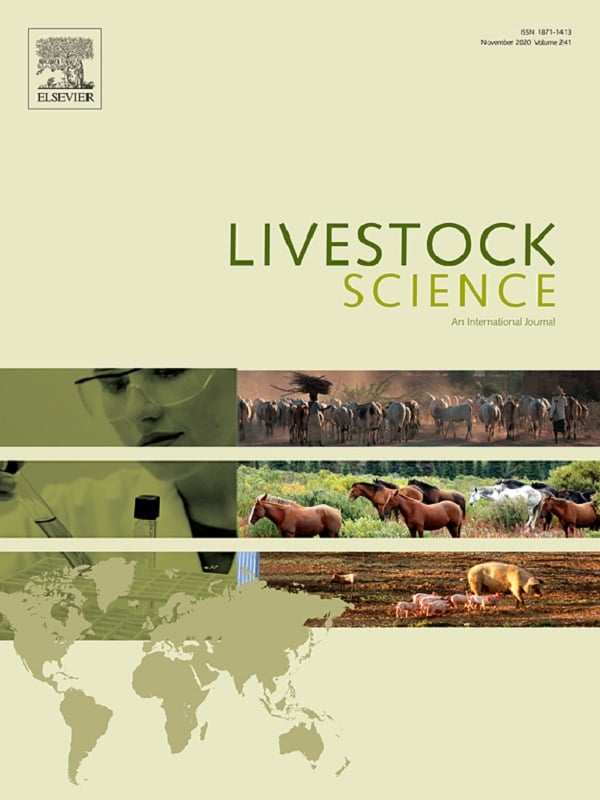Hydroxychloride trace minerals improve apparent total tract nutrient digestibility in Bonsmara beef cattle
Sandra van Kuijk 1, Piet Swiegers 2, Yanming Han 1
- 1Trouw Nutrition R&D, P.O. Box 299, 3800 AG, Amersfoort, the Netherlands
- 2Rumen-8 (PTY) Ltd, 41 La Provence Road, Bethlehem, 9701, South Africa
Livestock Science(2021), doi: https://doi.org/10.1016/j.livsci.2021.104820This
- Ruminants
- Beef
- 2022
- Open Access
Piet Swiegers, Yanming Han

Highlights
- Hydroxychloride minerals enhance apparent nutrient digestibility in Bonsmara cattle
- Protein supplementation improved crude protein digestibility
- Hydroxychloride trace minerals increased acetate:propionate ratio in the rumen
- Protein supplementation increased acetate and butyrate production in the rumen
- Mineral source or dietary protein levels had no effect on growth performance
Abstract
The effect of hydroxychloride trace minerals (HTM) on nutrient digestibility in comparison with sulphate trace minerals (STM) was tested in Bonsmara beef cattle fed Eragrostis tef hay as roughage, with high or low protein supplementation. Eight 12 month old Bonsmara beef heifers were housed individually and fed according to a duplicated 4 × 4 Latin square design. Two levels of protein supplementation, being 12.79% crude protein (CP) in the low protein concentrate and 30.16% CP in the high protein concentrate, were combined with two sources of trace minerals, being HTM and STM. All four diets contained 15 ppm added Cu, 50 ppm added Zn and 33 ppm added Mn. The Eragrostis tef hay roughage was fed ad libitum. The supplements including the minerals were fed separately daily at a fixed rate of 1.4 kg/heifer/day. Each period was 24 days starting with 18 days adaptation period followed by 6 days sampling period. The body weight and feed intake were measured during each period, to calculate growth performance. Feed and fecal samples were collected during sampling period and analyzed for nutrient digestibility, while acid insoluble ash was used as indigestible marker. On the last day of each period, rumen fluid was collected via a stomach tube for rumen pH and volatile fatty acid measurements.
Results showed that HTM had a significant positive effect (P < 0.05) on dry matter (+ 1.78%, P = 0.042), organic matter (+ 1.81%, P = 0.039), neutral detergent fiber (1.80%, P = 0.020) and acid detergent fiber (+ 2.41%, P = 0.019) digestibility in Bonsmara beef cattle compared to STM, regardless of protein supplementation. Feeding higher protein level increased CP digestibility compared to low protein supplementation (+7.92%, P < 0.001), while overall the mineral sources only tended to improve CP digestibility when HTM were fed (+3.18%, P = 0.052). High CP supplementation resulted in a higher acetate (+ 0.638 g/l, P < 0.001), and butyrate (+ 0.196 g/l, P = 0.010) production in the rumen compared to low CP supplementation, regardless of mineral source. Propionate production tended to be higher in the rumen of protein supplemented heifers (+ 0.114 g/l, P = 0.060), which tended to be more evident in heifers fed HTM. However, the effects observed on nutrient digestibility and rumen parameters did not translate into differences in growth performance.
Keywords
- Bonsmara beef cattle
- Hydroxychloride trace minerals
- nutrient digestibility
- protein supplementation